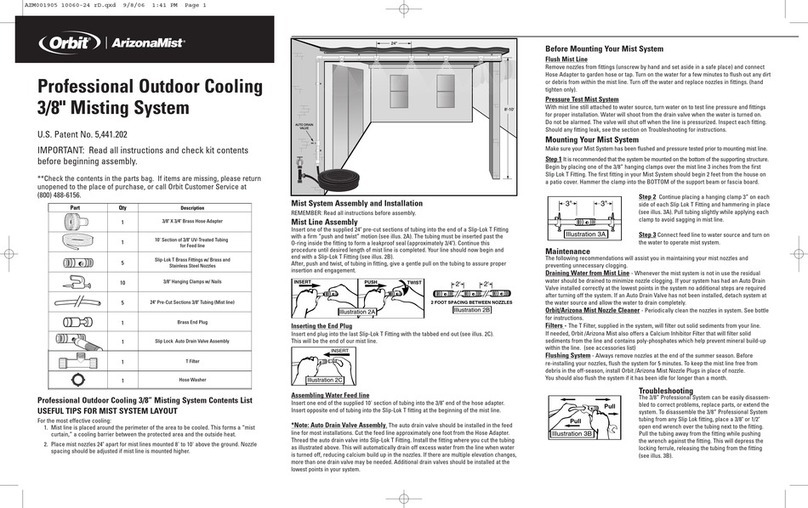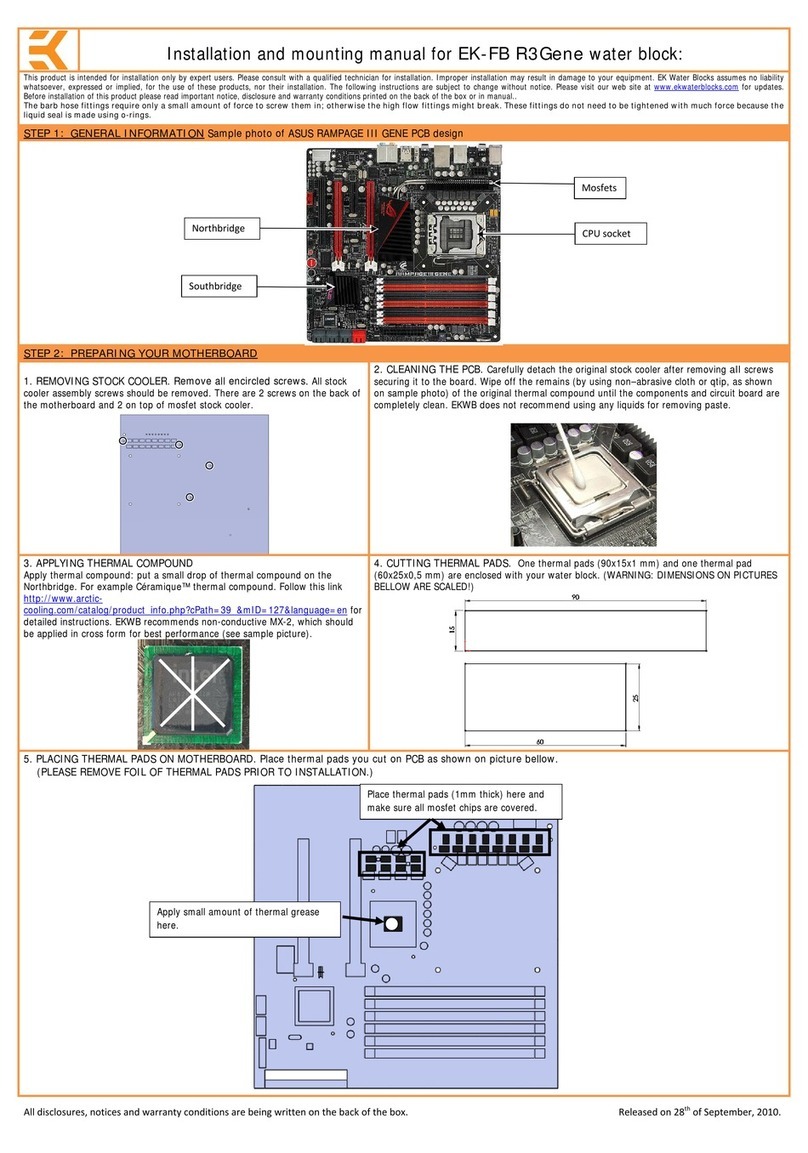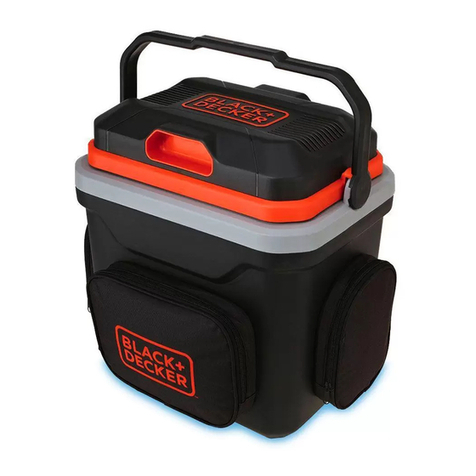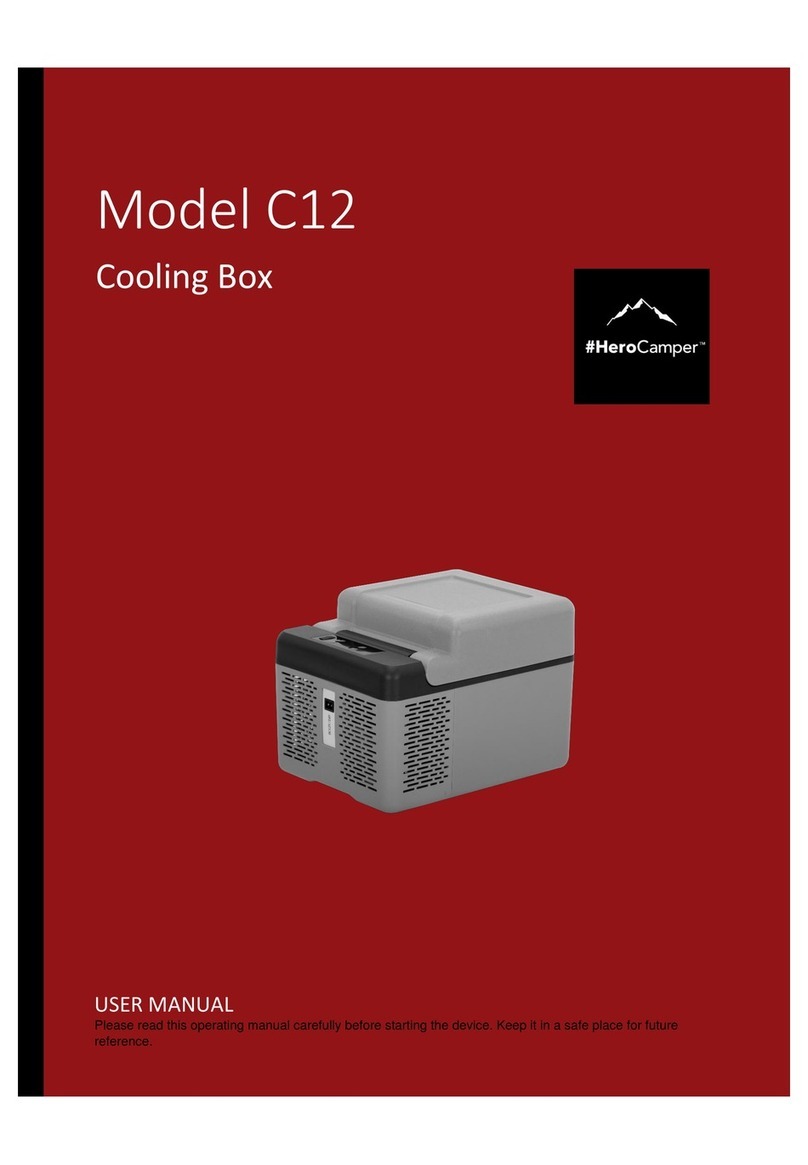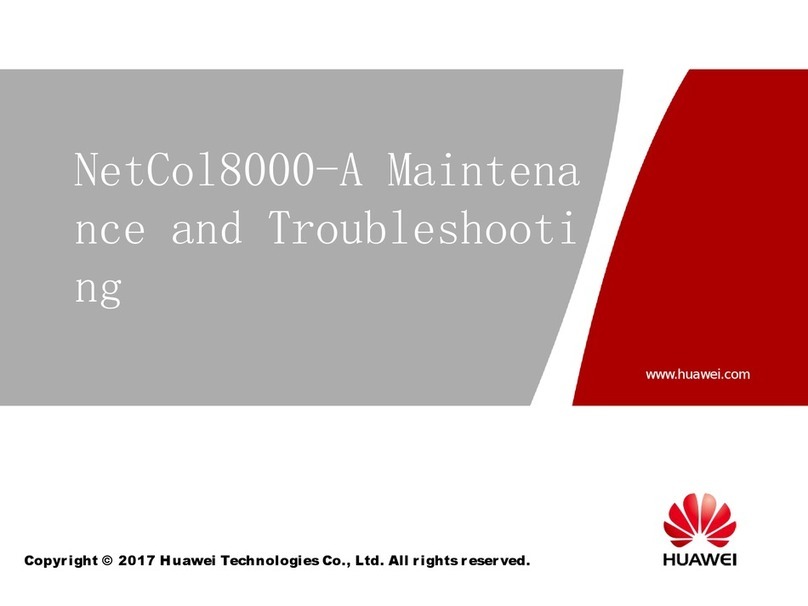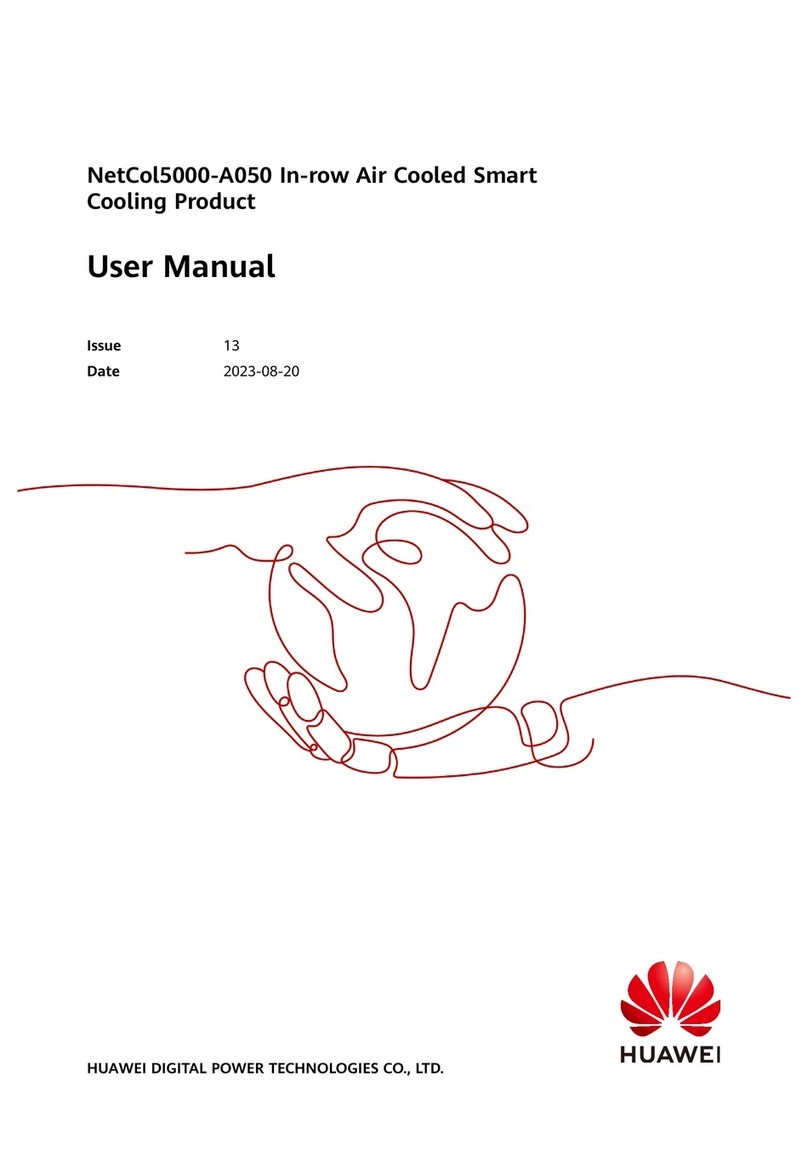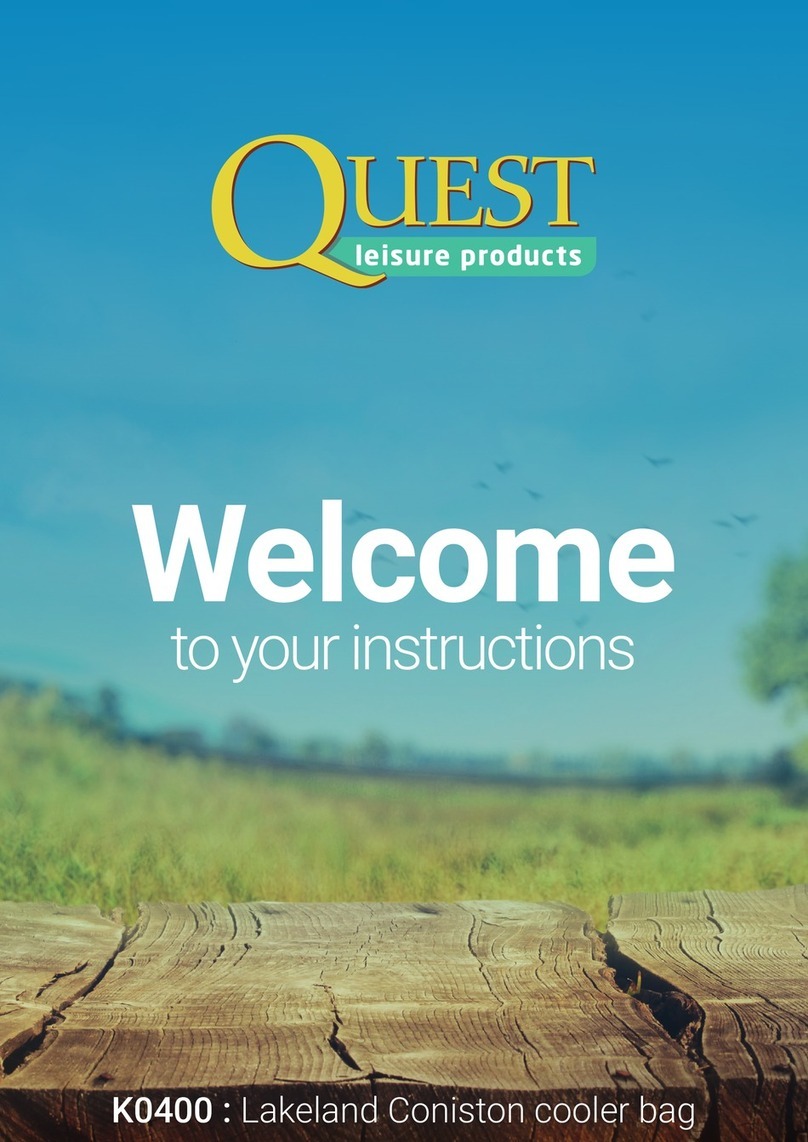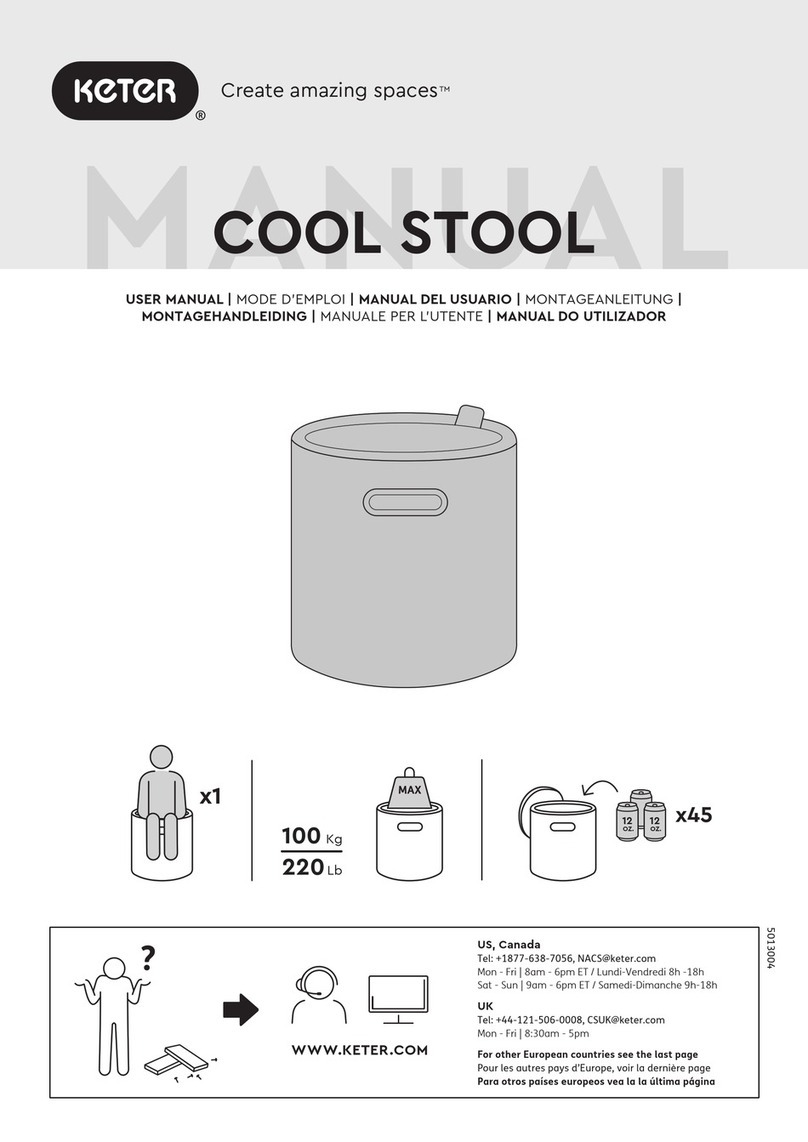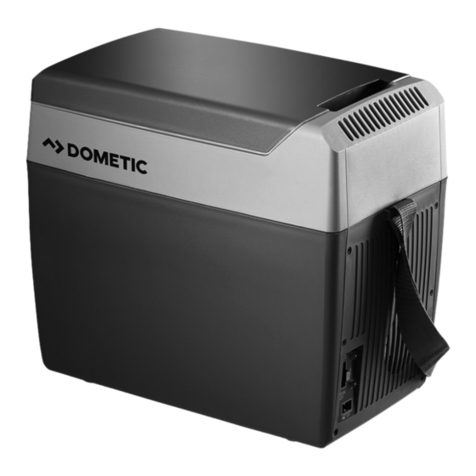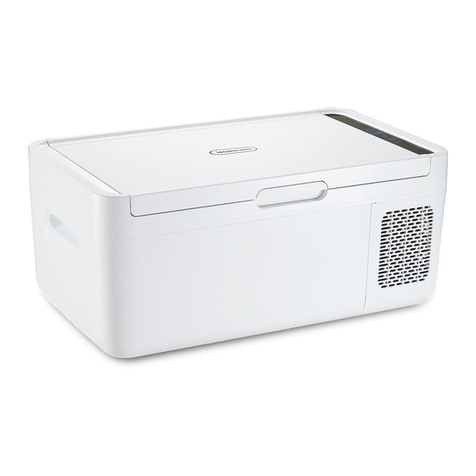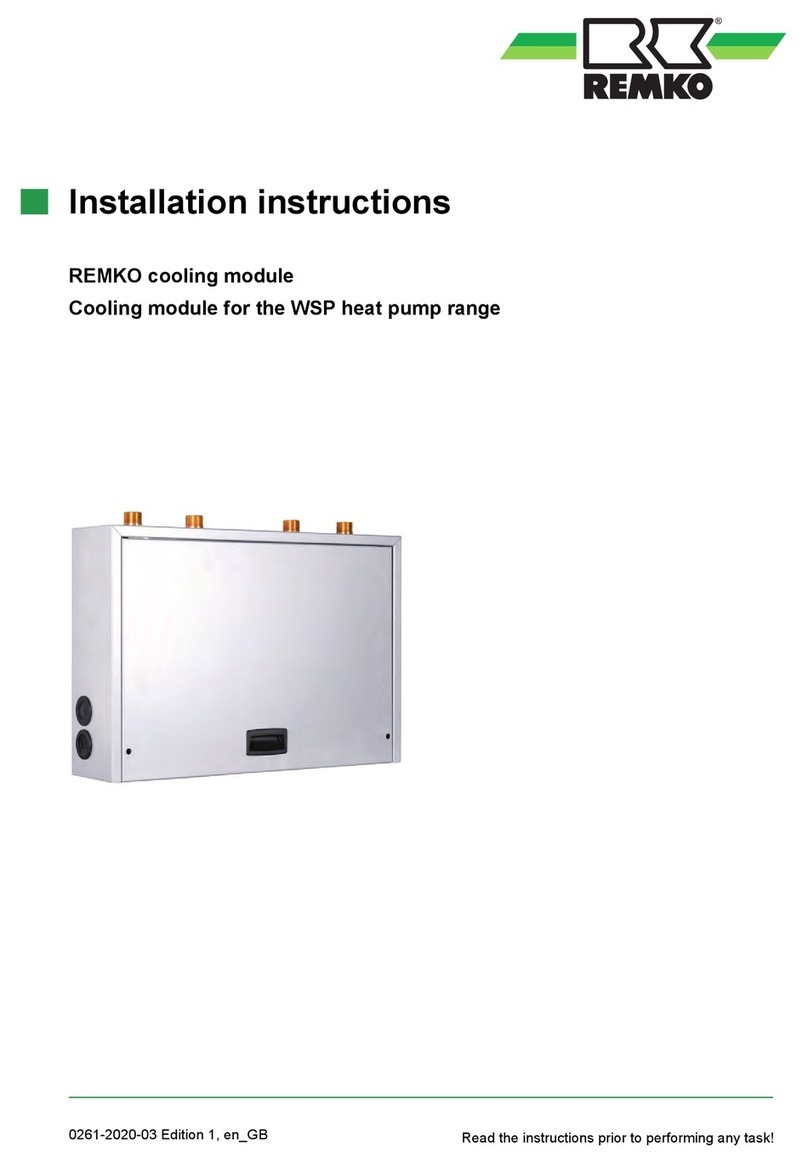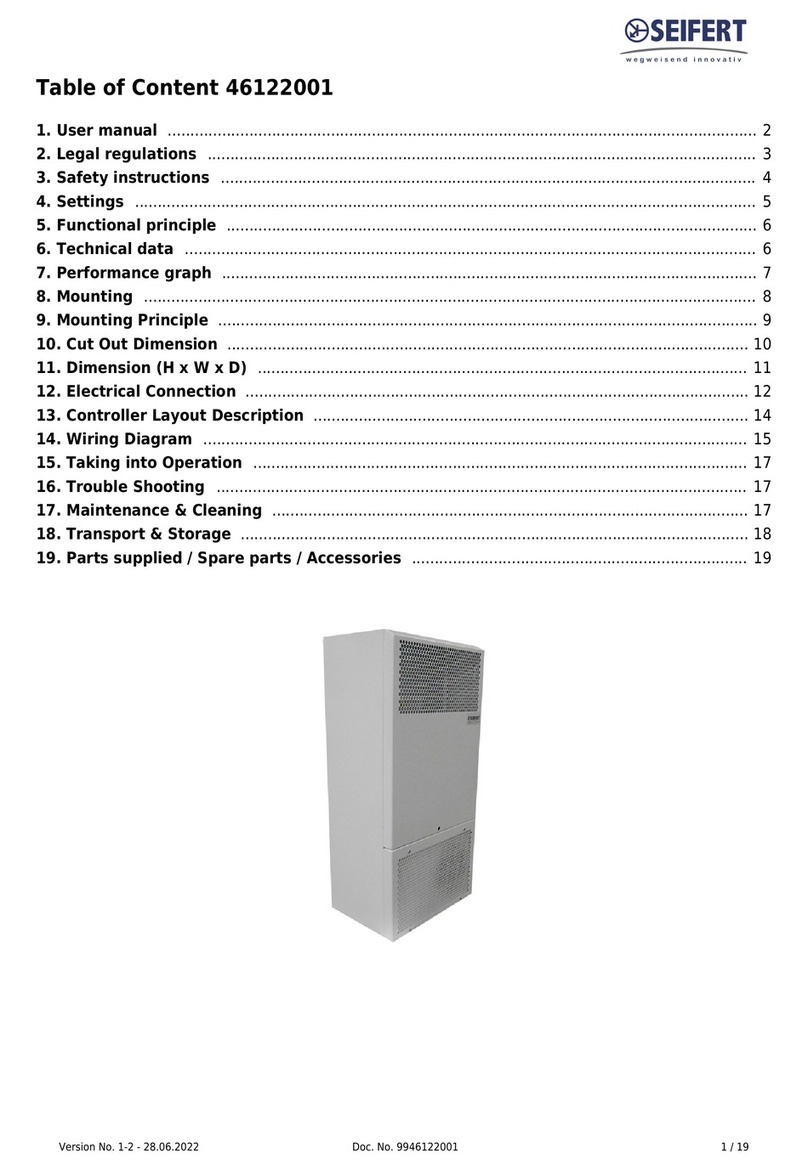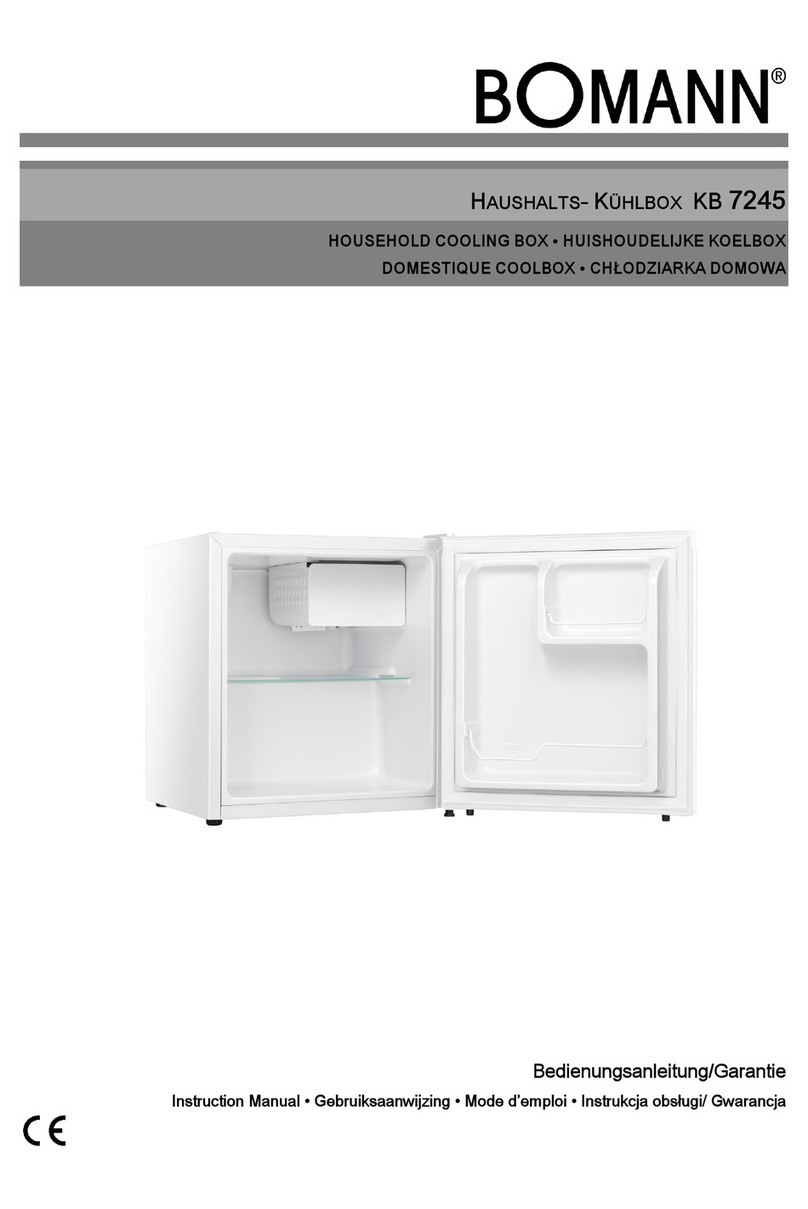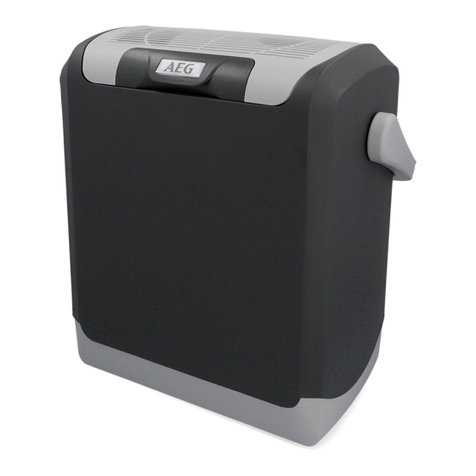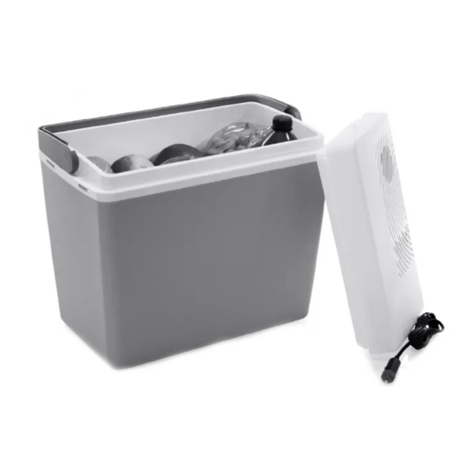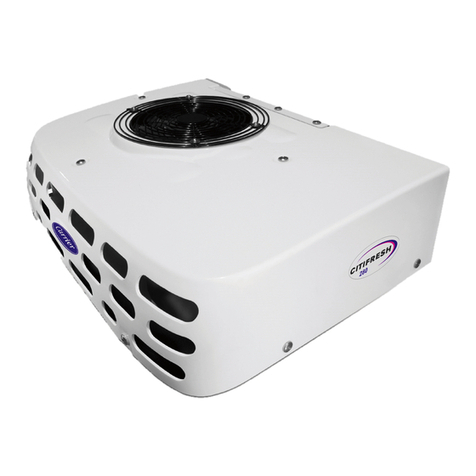
8
6(Optional) Installing the Water-Cooled Module
7Connecting the Refrigerant Pipes
Laying the Engineering Pipes
7.1
1. When an outdoor unit is installed horizontally, the outdoor unit and the low temperature
component must be at the same horizontal plane. When the outdoor unit is installed vertically,
the installing horizontal plane of the outdoor unit must not be lower than that of the low
temperature component, and the height difference cannot exceed 1.5 m.
2. When calculating the height difference, the compressor base is regarded as the baseline for
the indoor unit, and the condenser top is regarded as the baseline for the outdoor unit. The
pipe length must be less than or equal to 100 m.
3. The inverted trap should be higher than the top copper pipe of the condenser.
4. When the indoor unit is higher than the outdoor unit, the maximum height difference is 8 m.
When the indoor unit is lower than the outdoor unit, the maximum height difference is 30 m.
5. When welding pipes, ensure that the pipes are dry. You are recommended to weld the pipes
between the indoor and outdoor units, then connect the two ends of the pipe to the indoor
unit and outdoor unit.
6. Connect one end of the rubber hose to the nitrogen cylinder with a reducing valve, and
connect the other end to the copper pipe. Then, fill 0.03–0.05 MPa nitrogen into the copper
pipe to avoid internal oxidation.
7. After the pipe in the middle is welded, charge nitrogen into the pipe from one pipe end to
clear the foreign matter inside.
8. Do not expose welding positions to the environment for a long time. Take sealing measures
for welding positions. If foreign matter exists at the welding position, rubber it out using non-
water alcohol or damp cloth before the welding.
9. If the indoor unit is placed lower than the outdoor unit, add an inverted U-shaped trap. To
ensure the NetCol5000-A reliability, make an oil trap every 5 m to 6 m along pipes in the
vertical direction.
Scenario 2: Horizontal concrete base installation
Scenario 3: Stack scenario
A maximum of four layers of water-cooled modules can be stacked. If four layers of water-cooled
modules are stacked, the minimum floor height is 3 m.
Secure the water-cooling module using bolts in the fitting bag on four mounting holes.
Scenario 1: Horizontal
installation top view
Installation environment: enclosed indoor environment in which the temperature and humidity can
be controlled within the ranges of 4°C to 45°Cand 5% RH to 90% RH respectively. If the indoor
installation position is ventilated, it should be more than 5 km away from the sea or pollution
sources (such as salt lakes, chemical plants, mineral plants, thermal power plants, and coal mines).
Unit: mm

